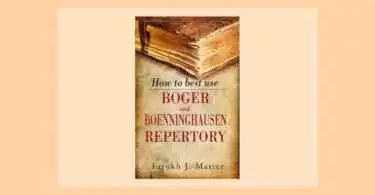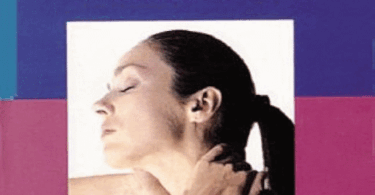Curability of Tumours by Medicines by James Compton Burnett MD
is reviewed in The Homeopathic World -vol 28, 1893
Original Publisher: London: Homeopathic Publishing Company, 12, Warwick Lane, E.C. 1893.
Published by B. Jain Publishers (2014)
ISBN 10: 8131905179 ISBN 13: 9788131905173 Softcover
Available from: ABE Books:

If Dr. Burnett had published nothing else, the little volume of some three hundred pages now before us should serve to immortalise him. So deeply are the ideas of allopathic surgery and pathology ingrained into us in our schools, that the better surgery, pathology, and therapeutics of homeopathy are often regarded by professing homeopaths as counsels of perfection to be admired but not to be aimed at.
Especially is this the case in the matter of tumours. Here and there, as Dr. Burnett says, homeopaths have cured tumours by medicine; but the idea that tumours are curable by medicine, and that the cure ought in every case to be advised and attempted, just as in a case of intermittent fever, for instance, is still far from being generally accepted by homeopaths.
Very fitly Dr. Burnett quotes John Hunter’s definition of a cure, and puts it on his title page. Said Hunter: “What I call a cure is an alteration of the disposition and the effect of that disposition, and not the destruction of the cancerous parts.” This is exactly the kind of cure homeopathy enjoins, and Dr. Burnett has shown how this may be accomplished in the case of tumours of a very large number of kinds.
We shall not forestall Dr. Burnett by quoting any of his numerous cases. For these we must refer our readers to the book itself, and we can promise them plenty of highly interesting, not to say exciting, reading. And more than that, Dr. Burnett is a gleaner in many by-paths of therapeutics, and his books abound with ideas and fruitful suggestions which can be readily put into practical use by the reader.
Dr. Burnett has no complete system of tumour curing, but he has a pretty distinct method of his own, which he has shadowed out in his preface and in various parts of the text. From his preface we quote the following:
“If we are ever to succeed in veritably curing grave disease by medicines, we must proceed from the simple to the complex, from the benign to the malignant; and it is reasonable to begin with the least difficult, and start at the thing in its very earliest stages, for there comes an incurable stage in almost every ailment of a progressive nature.“
“It is extremely important to carefully differentiate between an incurable disease and the incurable stage of a perfectly curable disease. People will say, of course it is; but is it not a fact that new therapeutic measures are commonly tried in the last hopeless stages of disease, and even then, often clumsily and unwillingly?
“For instance, is it not an almost daily experience of homeopathic practitioners to find themselves called in at the last incurable stages of maladies in which every conceivable method of cure must in the nature of things necessarily fail?”
“This must always be borne in mind in regard to the amenability of tumours, whether benign or cancerous. Nevertheless, physicians must be firm, and not allow themselves to be sneered or jeered away from their duty, but always to try to cure everything. I do not mean pretend, but try. Many a clinical battle have I fought and won, although the winning had been previously proved to be impossible.
“Inasmuch as it is not commonly believed that tumours can be cured by medicines, a very important part of my task in this volume should be to prove that it can be done. There are some who will say, ‘We need no proof from you that it is possible to cure tumours medicinally. That has been proved over and over again.’ This remark has been hurled at me time and again, but these selfsame men consistently advise their patients suffering from tumour to have the same removed by operation.”
Readers of Dr. Burnett’s former works will not need to be told that he does not confine himself strictly to the beaten tracks in the selection of his remedies, though we fully agree with him that all his medicines may fairly be included under the term homeopathic.
Very often the great difficulty about tumour cases is the paucity of symptoms. When there are no distinct symptoms to guide, other indications must be found. A striking feature in many of Dr. Burnett’s cases is the use he has made of nosodes in their treatment. However distasteful the idea may be to some, the question of nosodes will have to be faced and worked out. Homeopathists have used them for many years, and have been derided for their pains.
But now that Koch and Pasteur have taken to nosodic homeopathy, things are very different. It matters not that these two savants by their clumsy methods have killed a large number of persons; this has only served to give the nosodes more vogue.
Dr. Burnett might have gone on curing consumptive patients with Tuberculinum Bacillinum and nobody would have taken any notice of him if the Koch fiasco had not given him a peg to hang his experience on. In the book before us, which we now commend to our readers, much interesting experience with these potent therapeutic agents will be found recorded.





